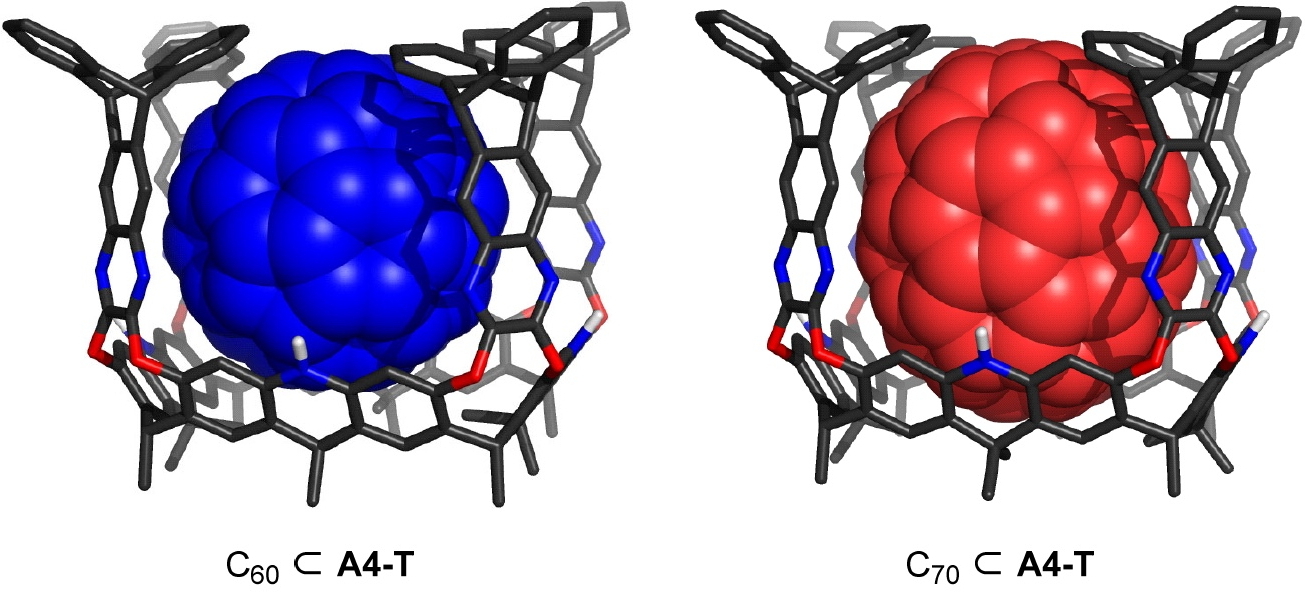
Today I want to engage in some shameless self-promotion and highlight how cctk , an open-source Python package that I develop and maintain with Eugene Kwan, can make conformational searching easy. Conformational searching is a really crucial task in computational chemistry, because pretty much everything else you do depends on having the correct structure in the computer.





